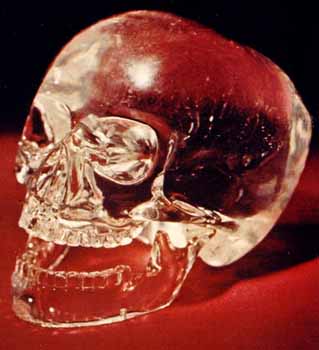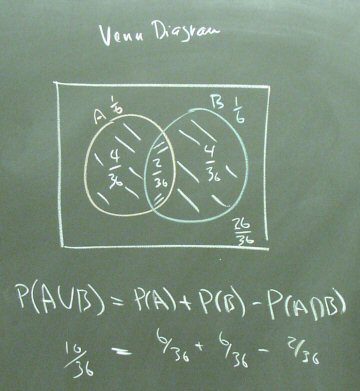 El Reg reports an exciting new concept in evolutionary biology: the magnetic crystalline nose shard.
El Reg reports an exciting new concept in evolutionary biology: the magnetic crystalline nose shard.
Some years ago scientists at CALTECH (California Institute of Technology in Pasadena) discovered that humans possess a tiny, shiny crystal of magnetite in the ethmoid bone, located between your eyes, just behind the nose.
Magnetite is a magnetic mineral also possessed by homing pigeons, migratory salmon, dolphins, honeybees, and bats. Indeed, some bacteria even contain strands of magnetite that function, according to Dr Charles Walcott of the Cornell Laboratory of Ornithology in Ithaca, New York, "as tiny compass needles, allowing them [the bacteria] to orient themselves in the earth's magnetic field and swim down to their happy home in the mud".
It seems that magnetite helps direction finding in animals and helps migratory species migrate successfully by allowing them to draw upon the earth's magnetic fields. But scientists are not sure how they do this.
In any case, when it comes to humans, according to some experts, magnetite makes the ethmoid bone sensitive to the earth's magnetic field and helps your sense of direction.
Some, such as Dr Dennis J Walmsley and W Epps from the Department of Human Geography of the Australian National University in Canberra writing in Perceptual and Motor Skills as far back as in 1987, have even suggested that this "compass" was helpful in human evolution as it made migration and hunting easier.
Following this fascinating factoid, science journalist Marc McCutcheon entitled a book The Compass in Your Nose and Other Astonishing Facts.
Sidenote
 I'd also like to take this opportunity to counter the oft-heard notion that "evolution is too unlikely to have actually occured".
I'd also like to take this opportunity to counter the oft-heard notion that "evolution is too unlikely to have actually occured".
Besides the fact that trying to dismiss an observed event as negligibly unlikely goes against so many established precedents of probability studies, there is a more fundamental and mathematical counter-argument. It goes something like this:
Sure, the chance in any particular second of time that a chemical reaction between acids will lead to the formation of the first life-giving protein is (and let's pick an arbitrarily high number) five billion to one. Fine. But, er, weren't there five billion seconds before that happened? And have there not been five billion since?
It's all too easy to shrug an event off as "negligibly unlikely" when it's occurred, until you come to realise that the sample space was immense. It's like when you meet someone you know in town and think it was an incredible co-incidence, but if you weigh that up with all the times when you didn't meet someone in town (every other minute of that same shopping trip, for starters) it's suddenly not so implausible that it happened just that once.